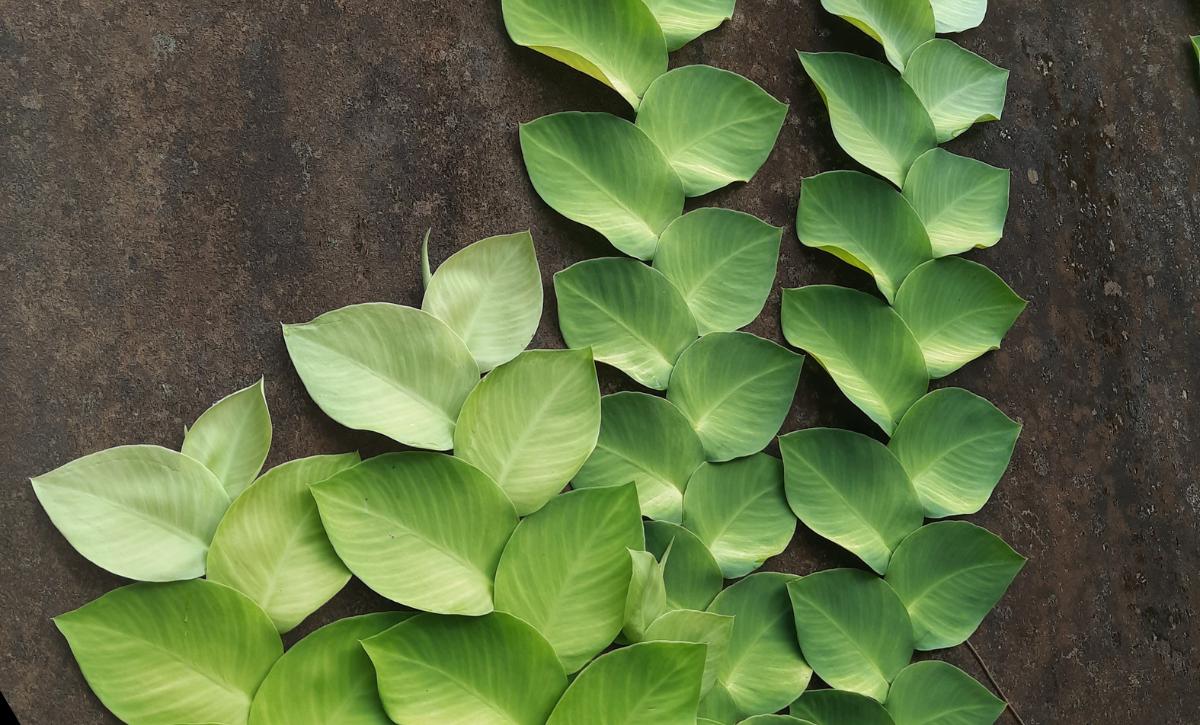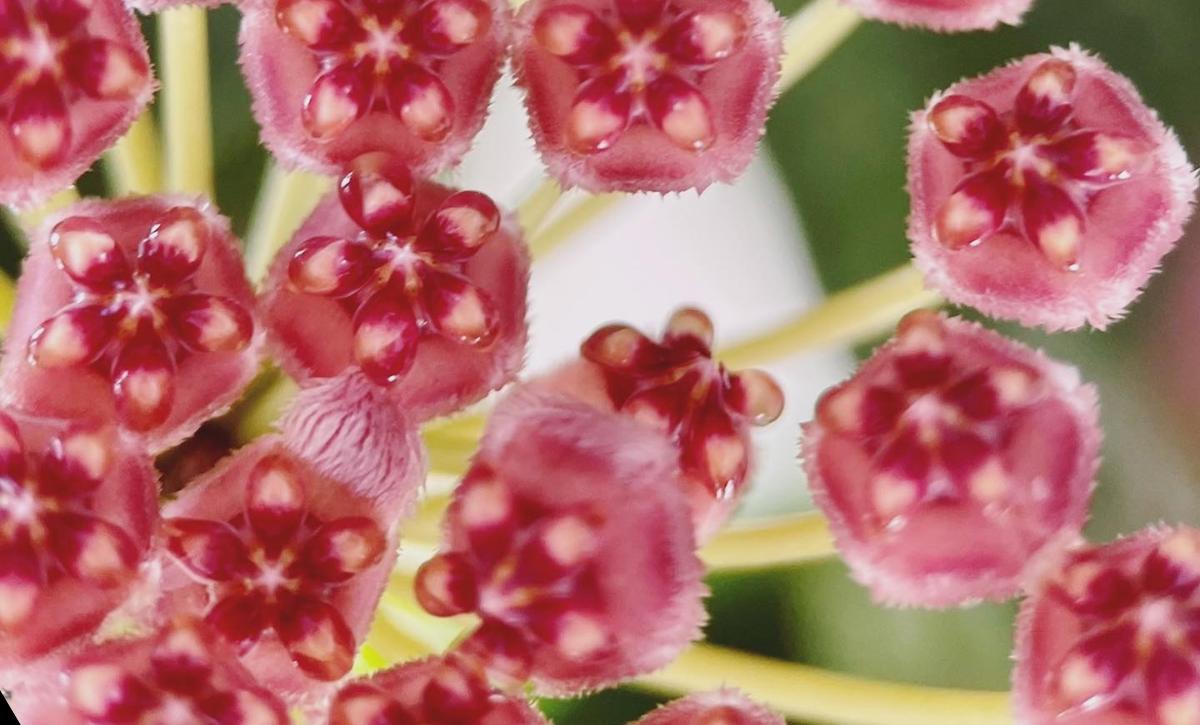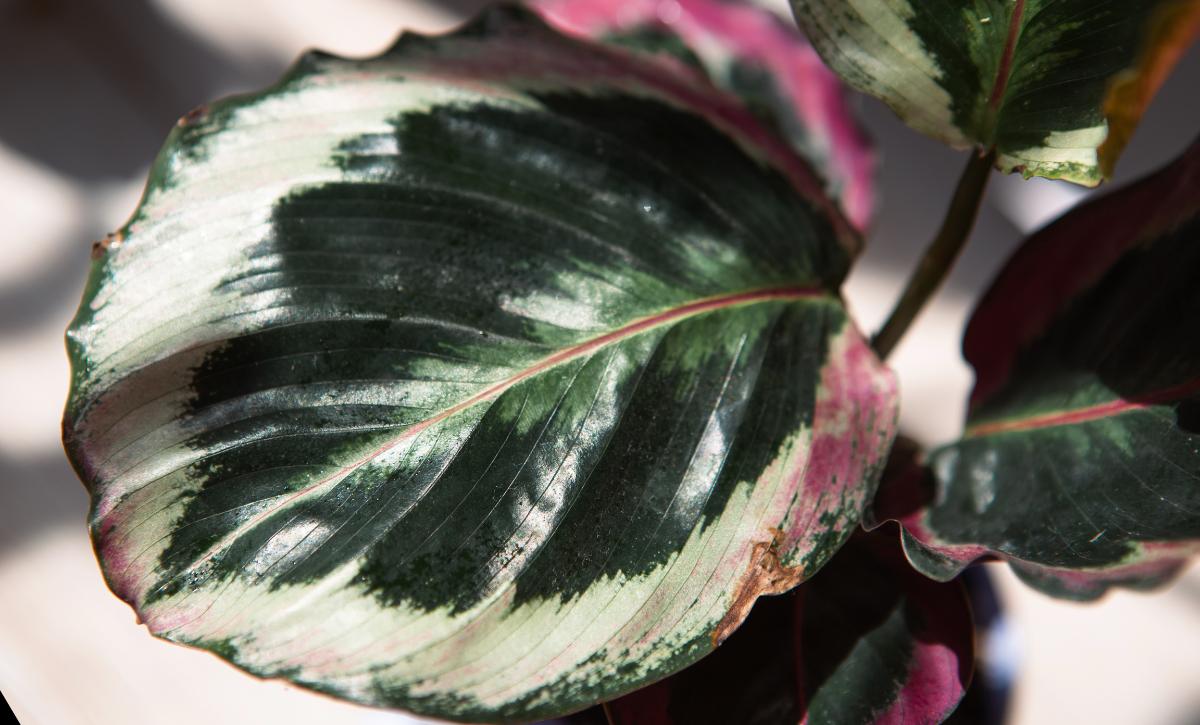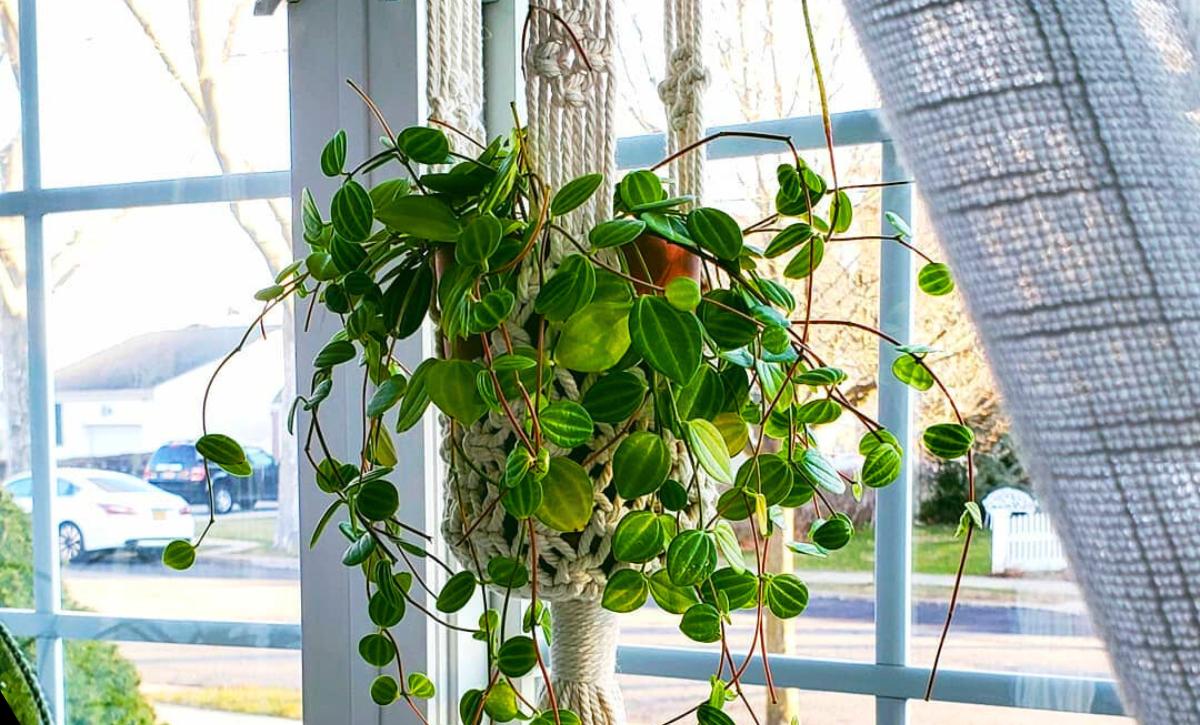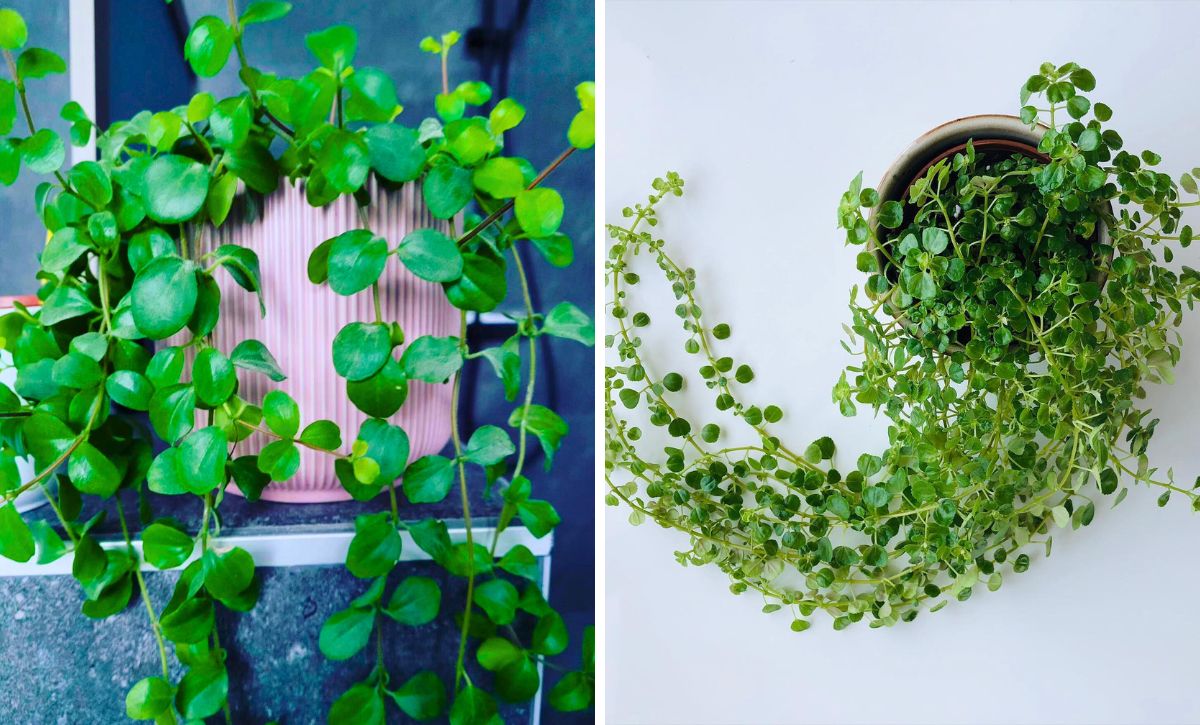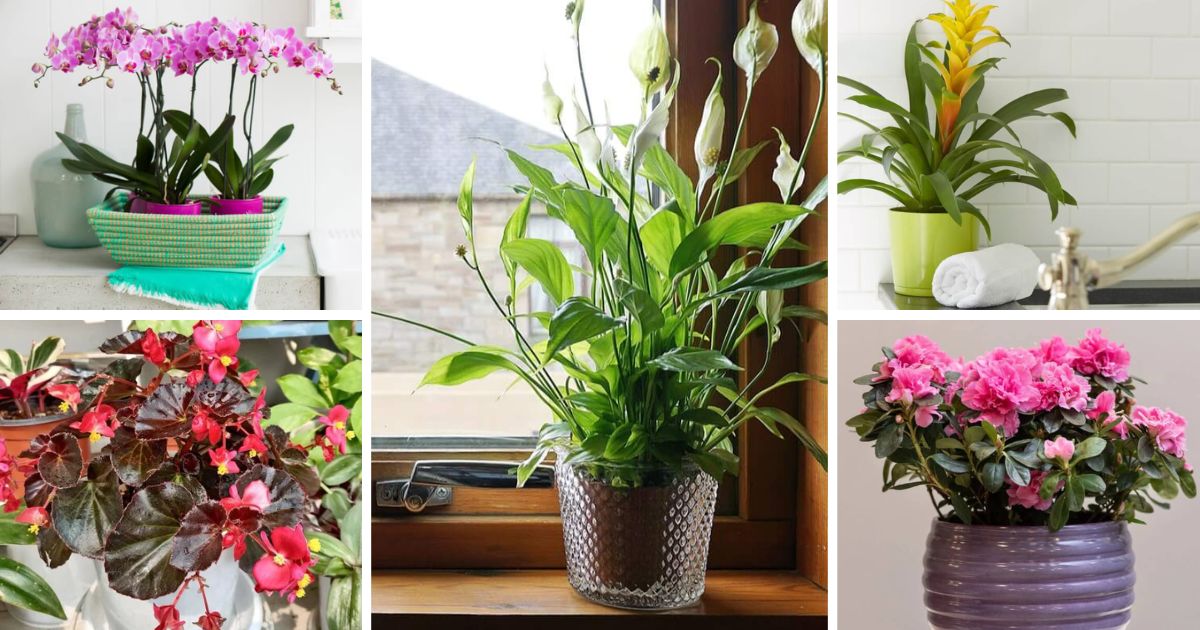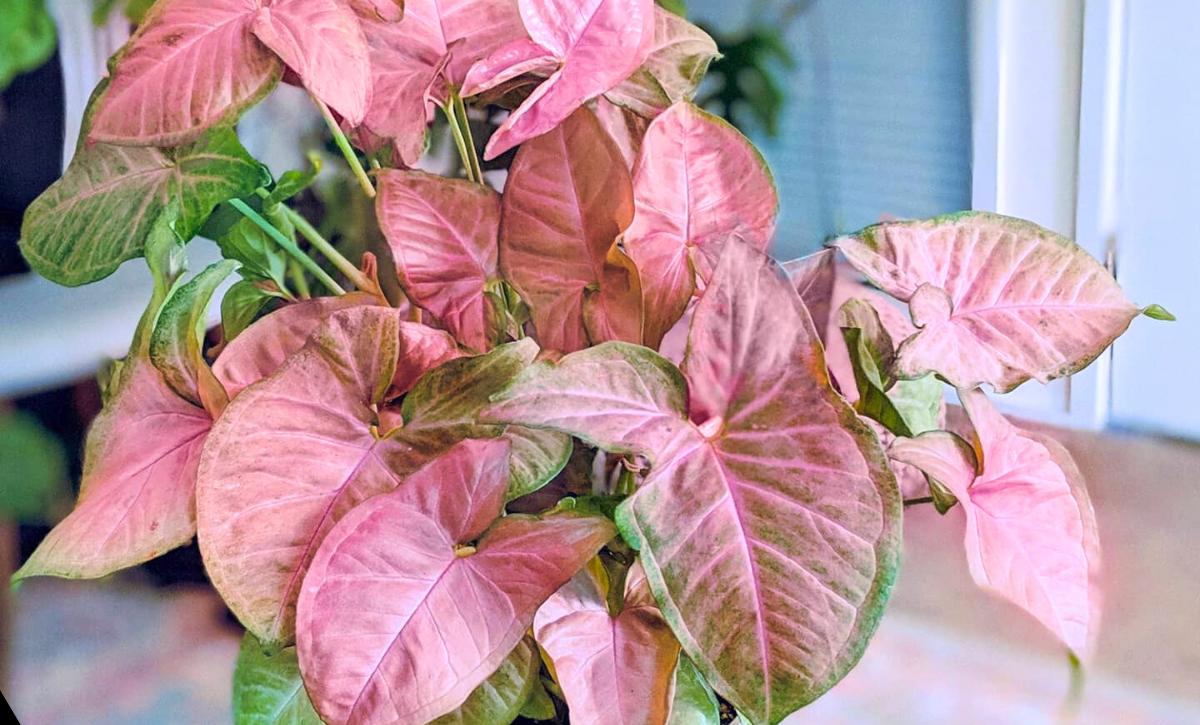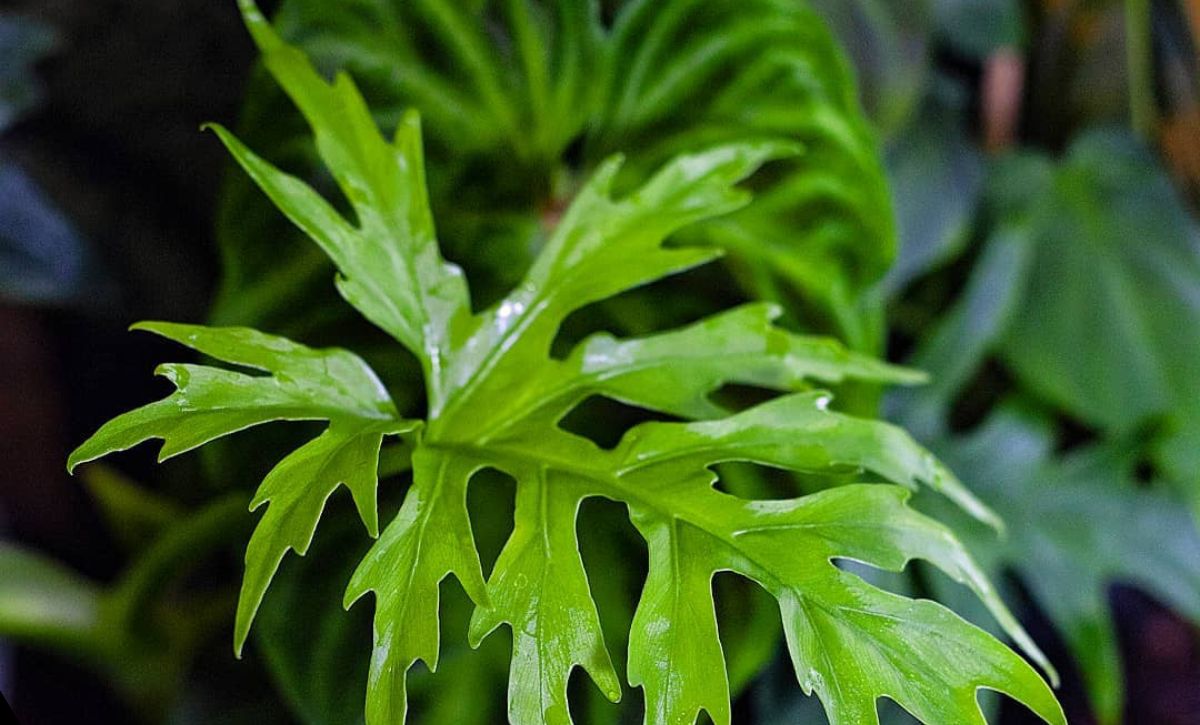Our featured plant today is a rare species!
We’re going to talk about the Cercestis mirabilis. Also called the Wondrous cerces, the Cercestis mirabilis belongs to the Araceae family and is an epiphytic climbing plant native to African rainforests; don’t worry. You can still buy one online!
The Wondrous cerces has green arrowhead-shaped foliage with silvery or creamy-white variegations. These gleaming leaves grow pretty large and have prominent veins, making the plant even more beautiful.
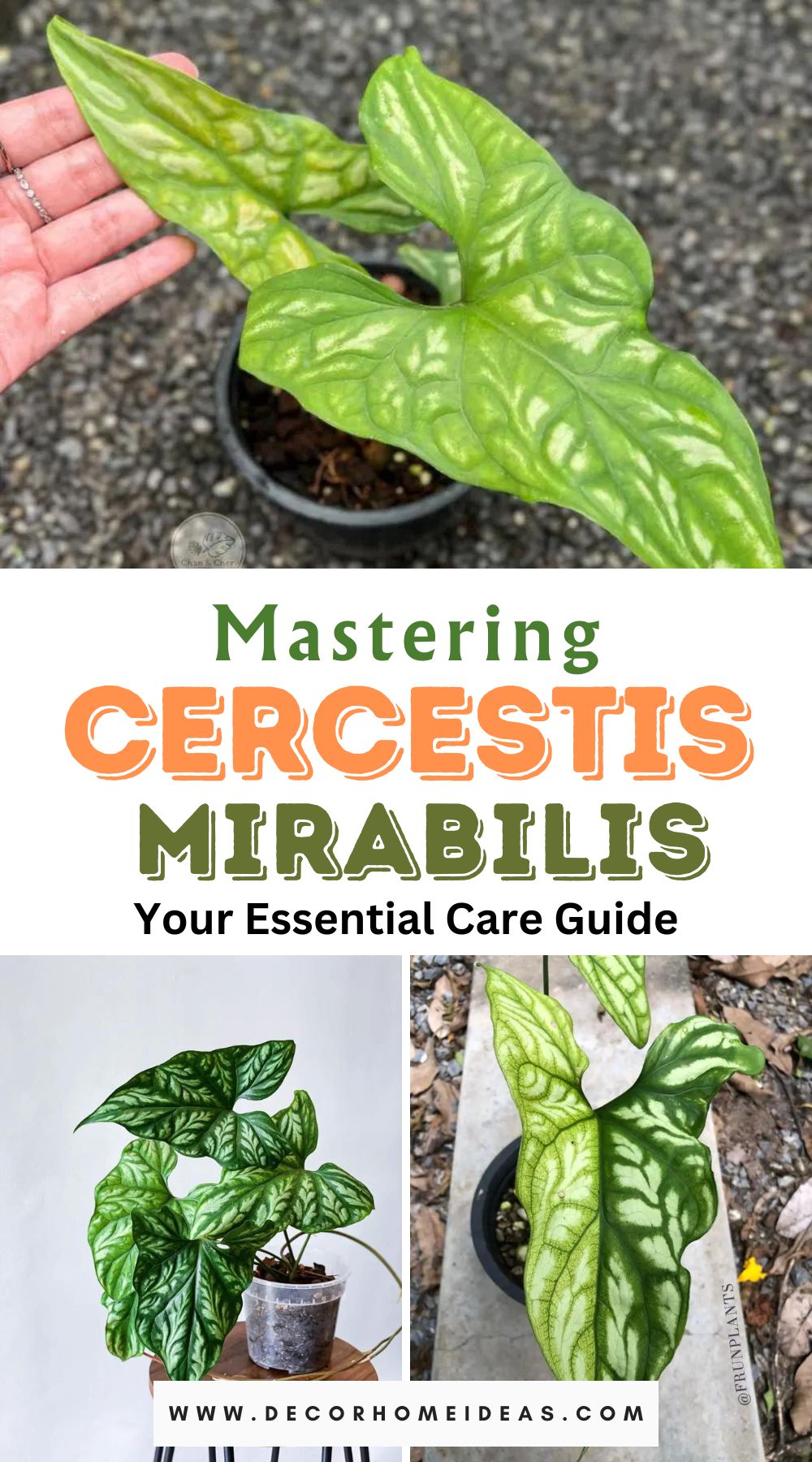
Despite Cercestis mirabilis being a rare plant, it still has similar care requirements to other tropical plants.
Here is some general information regarding this plant:
| Family: | Araceae |
| Genus: | Cercestis |
| Scientific name: | Cercestis mirabilis |
| Standard terms: | Wondrous cerces, African Embossed Cercestis |
| Plant type: | Climbing plant |
| Native habitat: | Cameroon, Nigeria, Zaire |
| Plant size: | Up to 2 – 5 ft tall |
| Growing season: | Spring, summer |
| USDA zones: | 9 – 11 |
Let’s learn more about this beauty from Africa!
Why Is The Cercestis Mirabilis Such A Rare Plant?
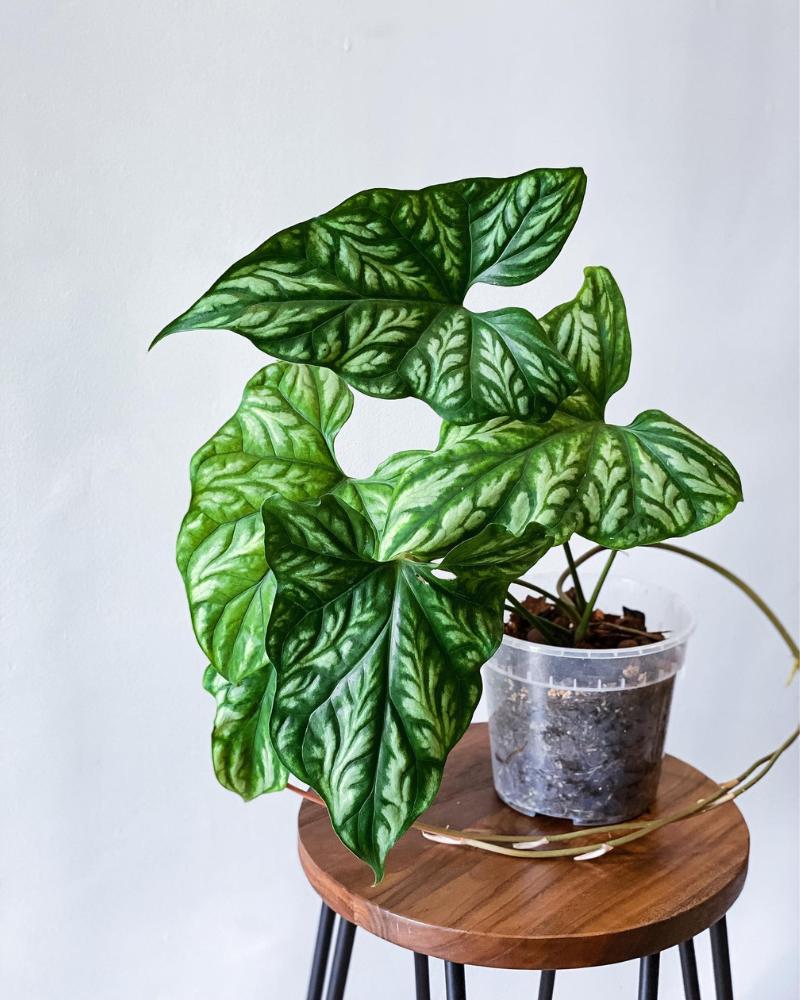
via felmiirwan
The Cercestis mirabilis grows along tall trees in its native habitat that can reach up to 15 feet tall. When you cultivate it indoors, however, it typically grows as a shrub and can get 2 – 5 feet tall. Nonetheless, you can still prune the plant to maintain a specific size and shape.
This plant’s large variegated leaves make it unique, with their deep veins and an alluring green color adorned by silvery variegations. The foliage starts losing its variegations as they mature.
Stalks, commonly known as petioles, support these leaves. These petioles affix the leaf’s basal lamina to the stem. The stem is liable for supporting and distributing nutrients and water after being gathered by the roots, serving as the plant’s axis.
However, the foliage isn’t the only beautiful thing about this plant. The Wondrous cerces also produces pretty flowers and edible fruit!
Similar to Peace lily varieties, this alluring plant from Africa generates a spathe and spadix. The spadix grows about 2 inches and is shorter and thicker than the spathe. The spathe typically grows about 4 inches long and is pale green to yellow.
Edible pink and red berries, rich in vitamins and nutrients, appear once this plant is pollinated. As a matter of fact, people have used other plant parts for medicinal purposes. For example, some people use the sap and leaves to treat heart and liver problems.
Taking Care Of The Cercestis Mirabilis
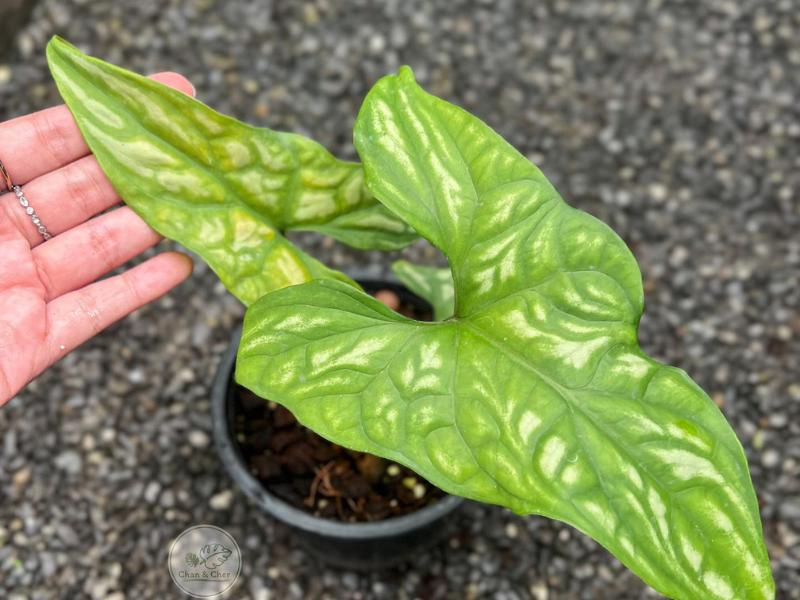
via chanandcher
The care requirements for this plant are pretty straightforward; you need only water it occasionally and keep it nice and warm. You can grow this plant outdoors in USDA hardiness zones 9 – 11.
However, I would advise growing the plant in pots if you live in a region with lower temperatures. This will make it easy to transfer it indoors when the weather gets colder.
Let’s take a closer look at the care guide for Cercestis mirabilis.
Light Requirements
Bright indirect light is crucial for the Cercestis mirabilis to grow and thrive to its full potential. The plant can’t withstand direct sunlight exposure for long periods, so you’ll need to find an ideal location where it can receive enough indirect sunlight.
It would be best to place your plant next to an east-facing window since direct sunlight in the early morning or late afternoon isn’t intense enough to burn the plant’s beautiful leaves.
You can put up sheer curtains to block the sunlight or move the plant a few feet away from the window if your house only has west-facing windows. Alternatively, you can use artificial lighting if your home isn’t getting enough sunlight; just don’t put your plant too close, or it’ll get burnt.
Temperature Requirements
The Cercestis mirabilis isn’t frost-hardy and doesn’t cope well with temperature fluctuations. It thrives in temperatures between 65 – 85℉.
The plant can freeze to death if you keep it outdoors when the temperatures are significantly lower. That’s why bringing your plant indoors is advisable once it starts getting slightly colder.
Temperature fluctuations aren’t an issue outdoors only but indoors as well. For example, you shouldn’t place this plant near drafty areas, including vents, air conditioners, or open windows.
Heat sources are equally bad, so keep it from them as well. This includes space heaters, fireplaces, or radiators.
Water Requirements
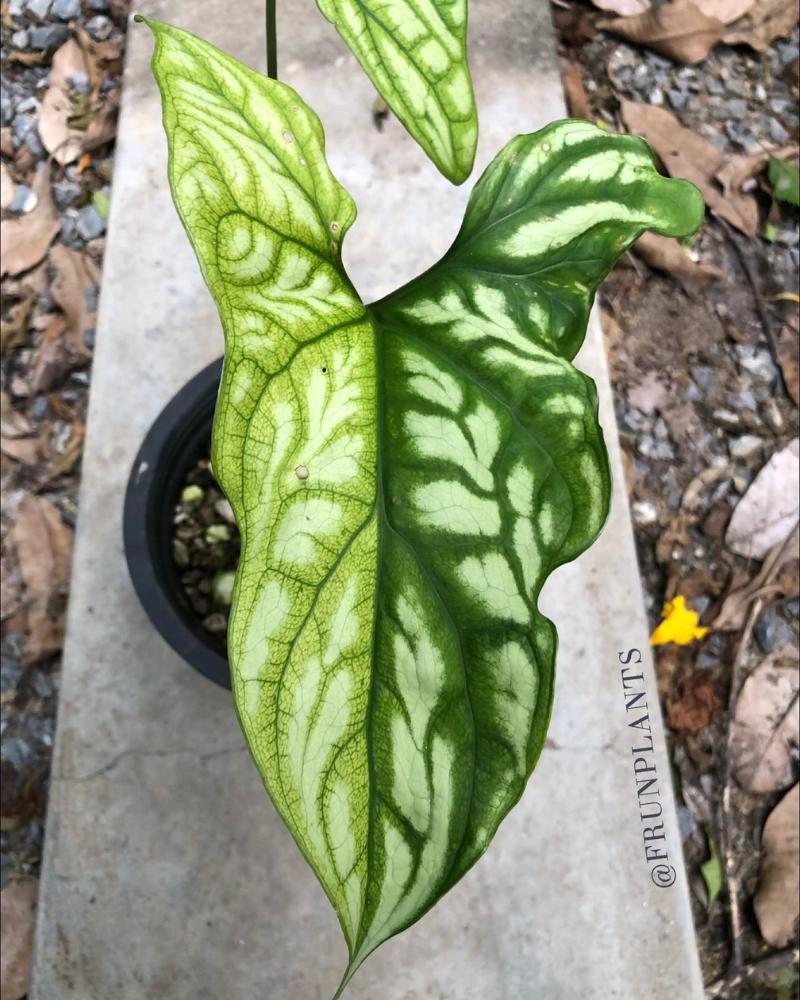
via frun_plants
The Cercestis mirabilis can tolerate some drought, though it flourishes when watered regularly. Only water this African beauty when the top soil is dry to prevent overwatering and root rot.
Sometimes, your plant won’t need much moisture (for example, during winter), so you shouldn’t settle on a rigid watering schedule. Watering your plant at the same rate will lead to overwatering and other serious concerns.
Pour water at the plant’s base until you see the excess water coming out of the drainage holes. It would be best to use rainwater or filtered water since these sources don’t have chlorine or fluoride. These chemicals can accumulate in your plant and cause poor moisture absorption and nutrients.
You can also use tap water for watering if it doesn’t have a lot of these substances. You can let your tap water sit in the sun for at least a day to let the chlorine evaporate, making it slightly safer.
Humidity Requirements
The native habitat of this plant is pretty humid. However, the Cercestis mirabilis isn’t too picky regarding humidity levels.
It can withstand humidity levels as high as 90% but also low humidity of 40%. However, the plant typically flourishes in moderate humidity of 50%.
There are several methods you can use to improve humidity indoors. You can make a pebble tray, mist your plant regularly, or invest in a humidifier.
Soil Requirements
This aroid plant prefers a well-draining soil mixture. Luckily, you can prepare a potting soil on your own that these plants can thrive in.
For instance, combine equal parts of orchid bark, perlite, and sphagnum moss-based substrate to provide ideal moisture retention and drainage.
You can also make the soil more fertile by adding some worm castings, which will help you skip fertilization for some time.
Fertilizer Requirements
Although the Cercestis mirabilis isn’t a heavy feeder, it’ll benefit from a bit of fertilizer. You should fertilize this plant only during the growing season.
You can use an organic or a standard indoor plant fertilizer. To avoid burning your plant’s roots, dilute these fertilizers to half-strength.
The best option is probably slow-release pellets. They feed your plants gradually over time, so you won’t have to fertilize your Cercestis mirabilis more than twice yearly if you use a similar product.
Repotting
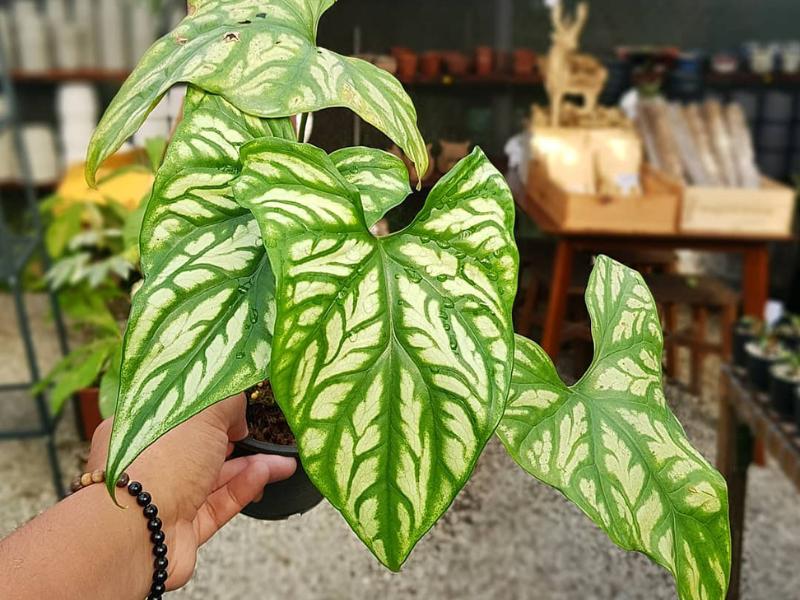
via littlebotany
The Wondrous cerces is a slow-growing plant, so you won’t need to repot it every season. I recommend repotting your plant anytime you notice the roots coming out through the drainage holes or once every two to three years.
Spring and summer is usually the best time to repot this plant. This gives the plant adequate time to adjust to its new surroundings.
Use a plant pot with drainage holes, which should be 1 – 2 sizes larger. Impermeable and oversized containers can lead to waterlogging. You should always prepare your materials before repotting.
When the time for repotting your plant comes, remove it from its pot and spread its roots if it’s pot-bound.
Put some potting material in the bottom of the new container before placing your plant in it. Fill your planter with the substrate until you completely cover the root system. Move your plant to an area with plenty of filtered sunlight after giving it enough water.
Pruning
Trimming off those majestic green leaves may be challenging, but cutting off the top will encourage your plant’s growth and assist you in maintaining its size.
However, take away only a quarter of the plant at a time. This can lead to stress and hamper the plant’s growth.
You should permanently remove dirty, old, and diseased leaves since they only take up space where new foliage should grow and harm your plant. Your plant will also look lifeless and sad with such foliage.
Propagation
You can propagate the Cercestis mirabilis using the air layering method or stem cuttings. Propagating by stem cuttings is relatively easy, while the air layering technique is a little more complicated. Still, both ways will yield positive results for you.
Here are some instructions on both these techniques:
Air Layering Technique
1. Locate a leaf node on the part of the plant you want to propagate. It would be best to pick a node below two leaves so that it’ll already have attractive leaves when you cut it later.
2. Use wet sphagnum moss to form a ball-like piece and wrap it around the node and stake before wrapping it in cling film to keep it in place.
3. Occasionally mist the moss and leave the ball’s top open if you would like. You can also leave the container’s bottom empty to enable the roots to extend if they need extra space.
4. Once the root system has developed, cut below them and move your young plant into a new container. This is typically after 2 – 3 weeks.
Stem Cuttings
1. Choose a healthy stem with aerial roots.
2. Submerge the cutting in potting soil with good drainage or water. It would be best to replace the medium whenever it’s foggy for water propagation.
3. Place a plastic bag over your planted cuttings in the soil to trap air moisture and encourage root growth.
4. Ensure your plant receives a lot of indirect sunlight and mild temperatures and the potting soil is moist.
Common Issues
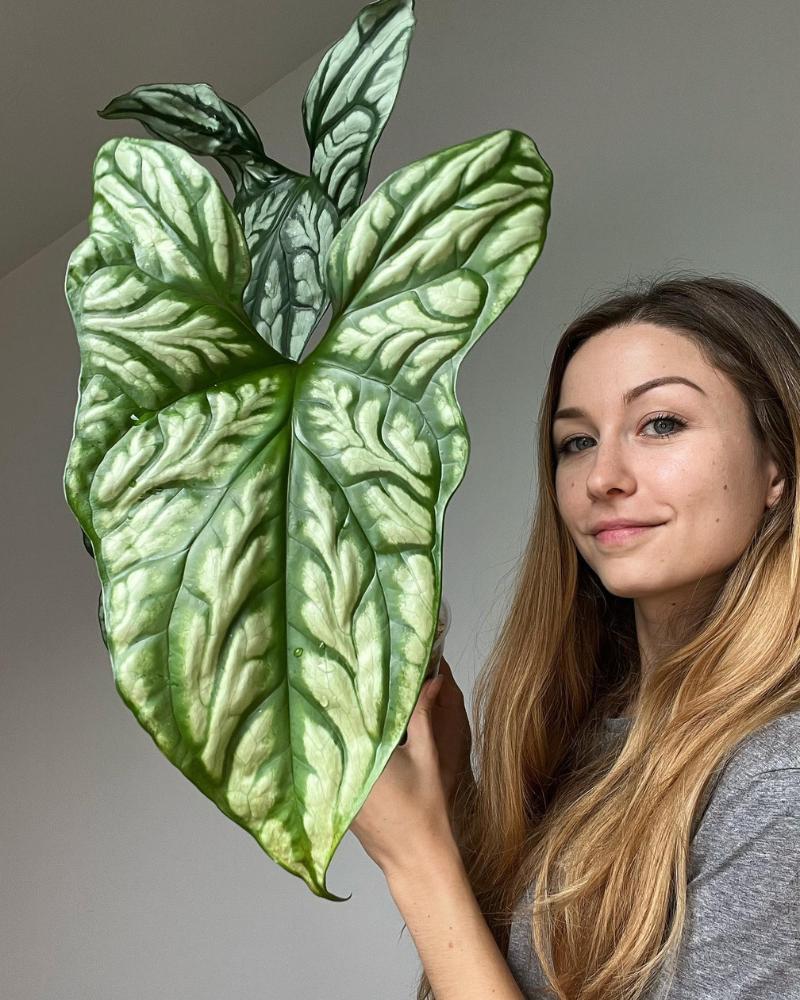
via _young_botanist_
The Wondrous cerces isn’t prone to many problems. Keep it happy and healthy, and you won’t have to deal with many issues. However, pesky pests might attack your plant if it gets weak.
Pests such as spider mites, aphids, and mealybugs will frequently attack it, causing it to deteriorate daily by consuming its sap. Dealing with these inconvenient pests as soon as you notice them is essential.
You can use a cotton swab dipped in rubbing alcohol to remove them one at a time if the infestation isn’t severe; just ensure you don’t touch your plant with it since alcohol might scorch it. Alternatively, you can pick them off by hand.
You can apply natural pesticides such as diatomaceous earth or neem oil if the infestation is severe.
Overwatering your plant will make your plant prone to plant diseases such as root rot. Repot your plant if the disease infects it, trim off damaged roots, and apply a fungicide. A new pot and fresh soil are critical, and always inspect the soil before watering to avoid giving your plant more water than it requires.
Final Thoughts
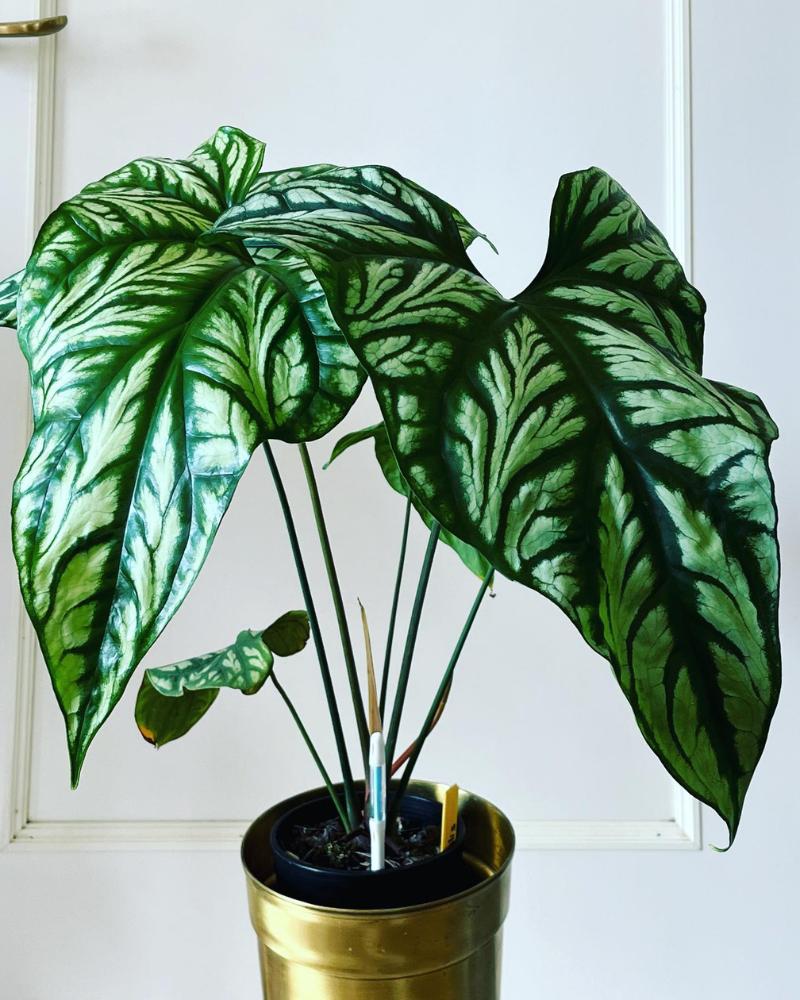
via greenparadise707
The Cercestis mirabilis is genuinely an enchanting plant. Its huge triangular leaves can transform any room in your home, making it more vibrant!
Ensure you carefully follow the growth instructions for this plant once you get a hold of it. It’s also crucial to avoid any issues that might harm your plant since this is a rare houseplant.
Sunburn, temperature fluctuations, and overwatering are problems you can easily avoid by taking good care of your plant.
You can try and propagate your plant once it becomes established!
That’s everything we have about this plant. Till next time!

